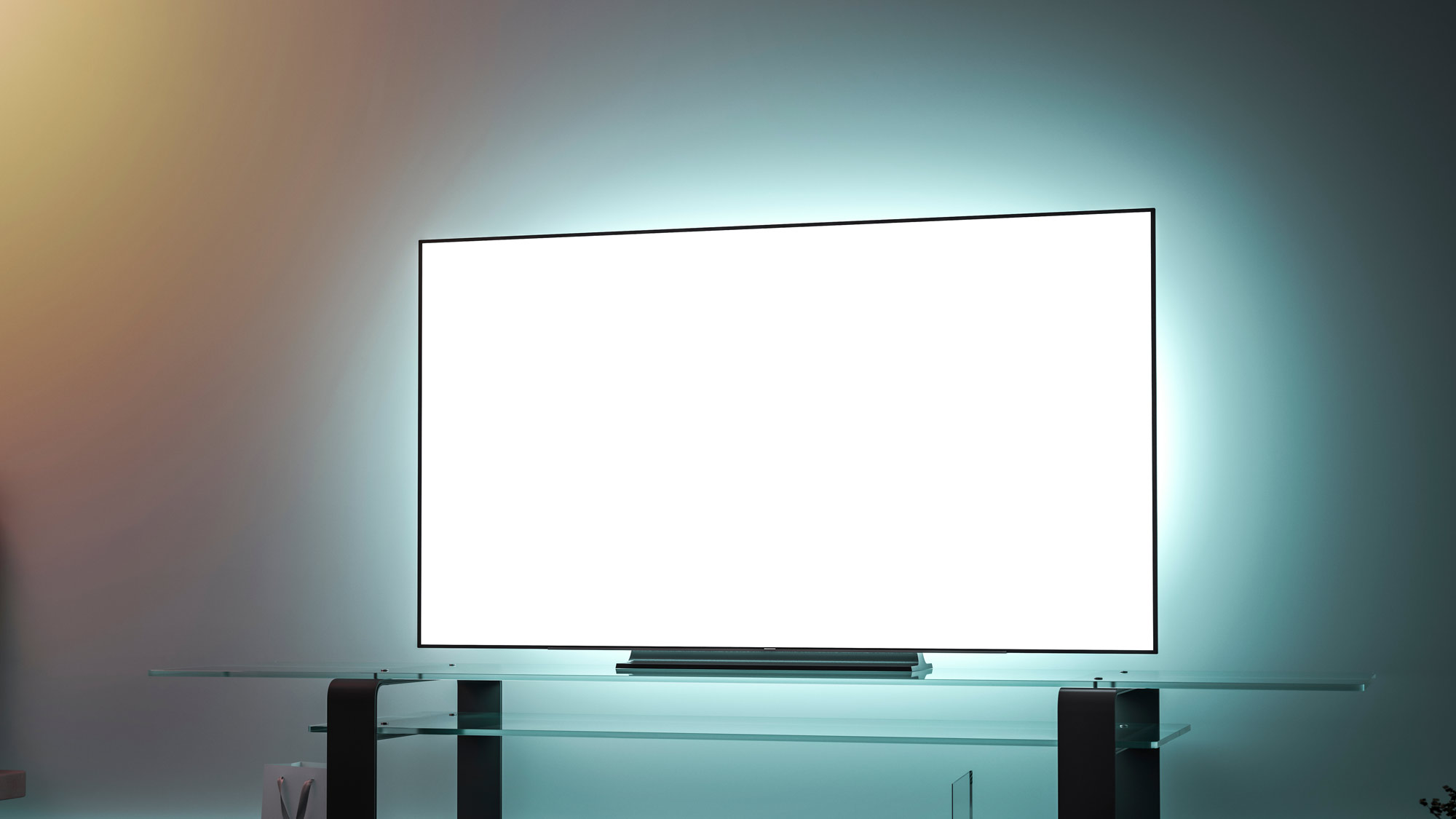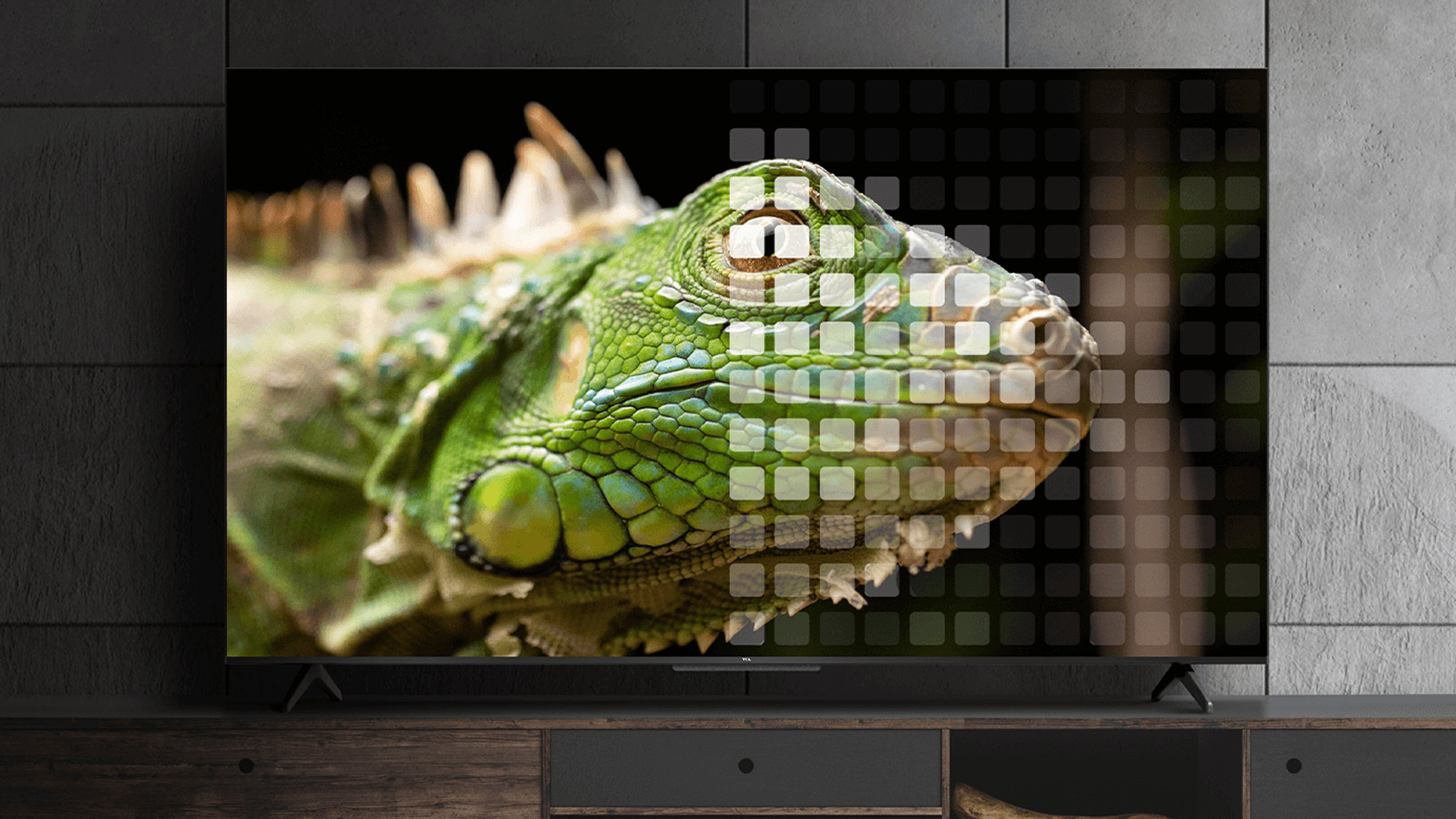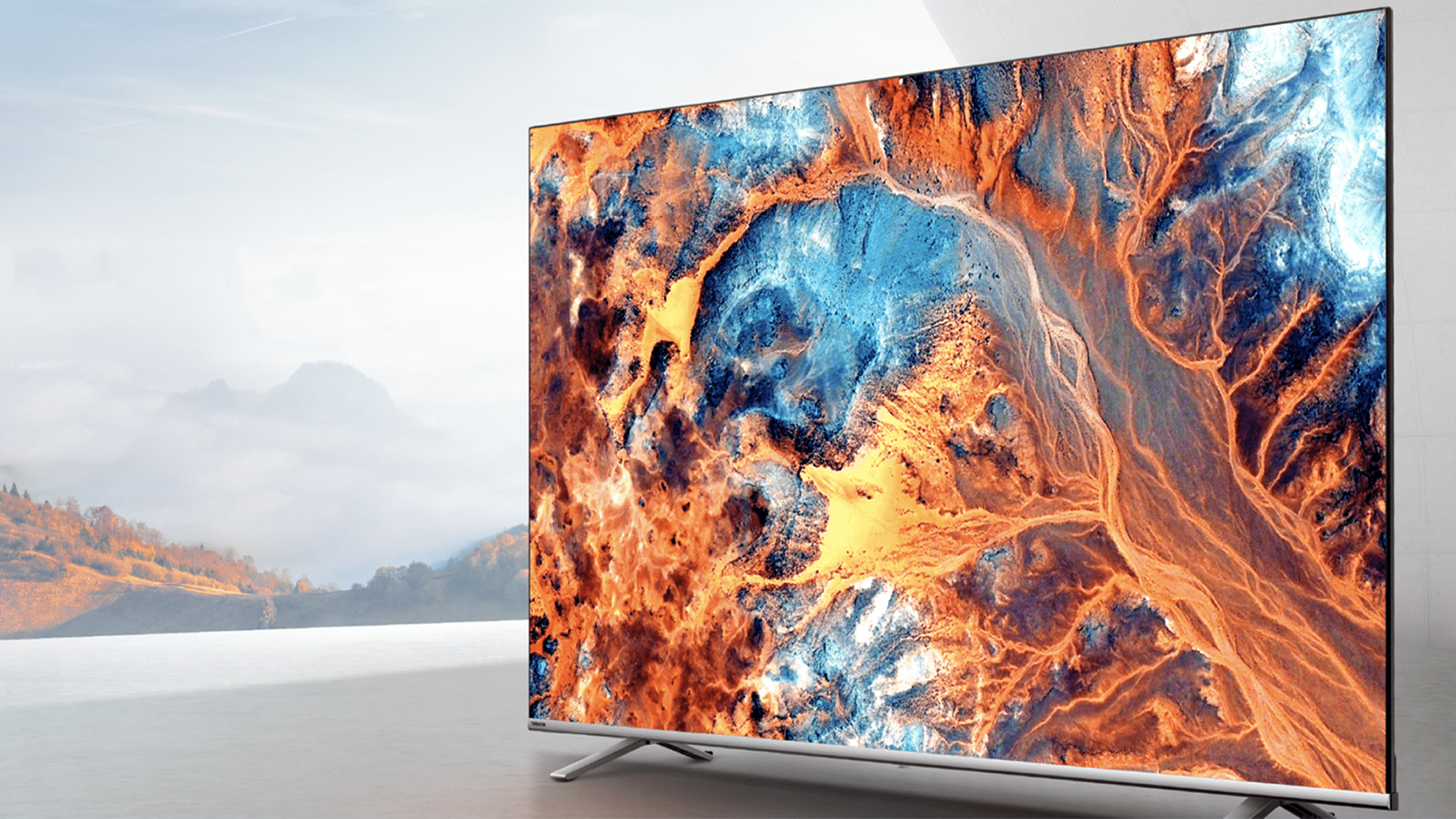
Unless you buy a MicroLED for tens of thousands of dollars, regular LED-LCD TVs don’t have the benefit of being able to switch off individual pixels, like OLED TVs. The result, unfortunately, is that LED TVs can’t achieve the same deep, inky black-levels that the best OLED TVs have on offer.
But there are ways around this — to the extent where some LED TVs are approaching OLED black-levels. How? With local dimming. Local dimming has allowed LED TVs to compete, and even exceed, OLED TVs in image quality.
Curious about local dimming and how it impacts the picture quality of your next TV? Here’s everything you need to know.
What is local dimming?
Local dimming has everything to do with attempting to create deeper, darker black levels — while retaining the high level of brightness that LED TVs are known for.
Local dimming essentially does away with the single, massive backlight in an LED. Instead, local dimming utilizes multiple backlights, and turns them on and off depending on what’s in the image. The result? If an image is dark, with lots of black, the TV can turn sections of the backlight off for better contrast.
But there’s a little more to it than that — and there are multiple different local dimming technologies that can make for a better image overall.
How do edge-lit TVs work?
Edge-lit TVs, as the name suggests, place LEDs around the edges of a TV — and only along the edges of the TV. These LEDs face inward towards the center of a TV, lighting the image through color filters and other technologies.
The main downside to edge-lit TVs is the fact that the backlighting isn’t very uniform.
Depending on how many LEDs there are around the TV, edge-lit TVs can create somewhat of a local dimming effect by turning certain LEDs on and others off. However, the main downside to edge-lit TVs is the fact that the backlighting isn’t very uniform. Most of the time, instead of creating actual black, they can only create a dark gray. Not only that, but the closer you get to the center of a display, the less uniform backlighting is, as less light is reaching those pixels.
This, however, is really only noticeable in dark scenes. In lighter scenes, you’re unlikely to notice much of a difference in backlighting uniformity. So, edge-lit TVs like the Samsung CU7000, Samsung CU8000 and LG UR9000 are a solid low-cost alternative to some of the other local dimming technologies that cost more.
How is full-array local dimming better?
Full-array local dimming has risen in popularity over the past few years as a way to more uniformly light an image — and gain more control over the backlighting.
Instead of placing LEDs around the edge of an image, TVs with full-array dot LEDs around the entire back of the TV. These LEDs are arranged in a grid, and can be individually-controlled. The result, of course, is an image with much deeper blacks. With full-array local dimming, when there’s black in an image, the TV can turn off the LED or LEDs in that area, or those “zones,” off.

The number of zones that a TV offers as part of its local dimming is getting higher and higher, allowing for better and better backlighting control. Only a few years ago, it was more common to get up to 100 or so dimming zones,” however these days, it’s common to see several thousand zones in most mid-range TVs.
The natural advancement of this, of course, comes in the form of Mini-LED and Micro-LED TVs. Mini-LED TVs have LED backlights that measure between around 0.004 and 0.008 inches. There are thousands of these backlights in a Mini-LED TV, allowing for quite fine control of the backlighting.
Micro-LED TVs, on the other hand, are a slightly different beast. Micro-LEDs are self-emitting — so there’s no backlight involved at all. These Micro-LEDs are controlled on a per-pixel level, like in OLED displays.
There are plenty of TVs that use local dimming these days. Examples include the likes of the Hisense U8K and newer Hisense U8N as well as the TCL QM8, all of which have Mini-LED backlighting.
So wait, what are direct-lit TVs?
Direct-lit TVs emerged a little over 10 years ago as a way to backlight an image in a uniform way — but at a low price. We’re touching on them because they sometimes get confused with full-array local dimming — but on the contrary, they don’t dim at all.

Direct-lit TVs have LED backlights that are always on, but they’re dotted around the TV, like full-array local dimming. This allows for more uniform backlighting, but without the ability to turn them off, you won’t get the deeper black-levels on offer by actual full-array local dimming.
Direct-lit TVs aren’t necessarily as common as they were a few years ago, but they do still exist, like in the form of the Toshiba C350 and the new Sony Bravia 3. These days, many manufacturers have moved to local dimming, even for their cheaper TVs — though keep in mind that even the best budget TVs probably won’t have as dimming dimming zones as more expensive ones.
Local dimming is getting better all the time
Local dimming is a great way to get better image performance at a reasonable price, and the technology has come a long way in the last few years.
That being said, it's still not a perfect technology. When there’s a bright image on the screen, light can still find its way around the dimming zones — it’s not perfectly contained. The result is something called light blooming, or some light around a bright object, even if the scene is supposed to be dark. This blooming has become less of an issue as dimming zones have gotten smaller and smaller, and TVs are able to control them better.
When it comes to local dimming, the rule really is the more dimming zones, the better.
When it comes to local dimming, the rule really is the more dimming zones, the better. More dimming zones allow TVs to better control backlighting and produce deeper, more natural black-levels. If you can avoid them, edge-lit TVs don’t perform anywhere near as well as TVs with full-array local-dimming, while direct-lit TVs can’t actually produce deeper black-levels at all — they just backlight the TV in a more uniform way. Our recommendation is to stick with full-array local-dimming TVs, especially ones that have several thousands zones and use Mini-LEDs.
If you really want perfect backlight control, however, there's always OLED TVs like the LG C3 OLED, newer LG C4 OLED, Samsung S95C OLED and the inimitable Sony A95L OLED.







